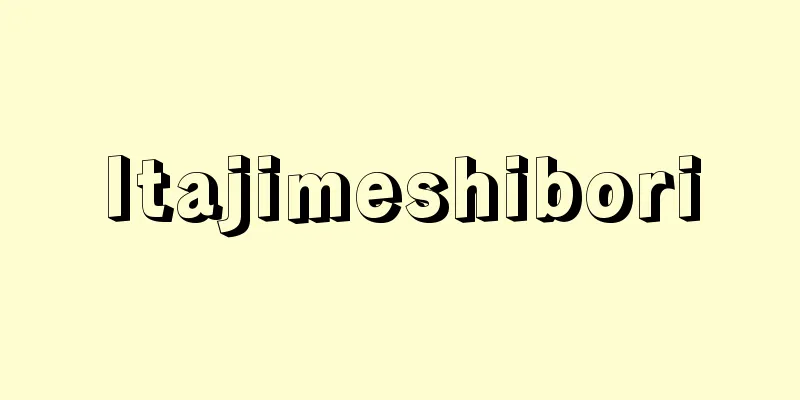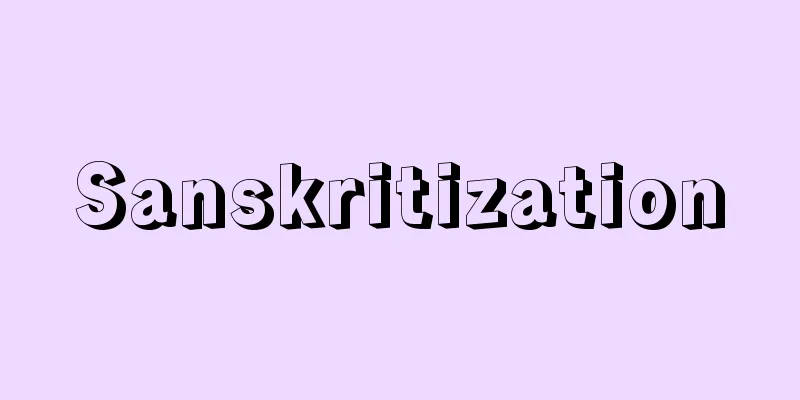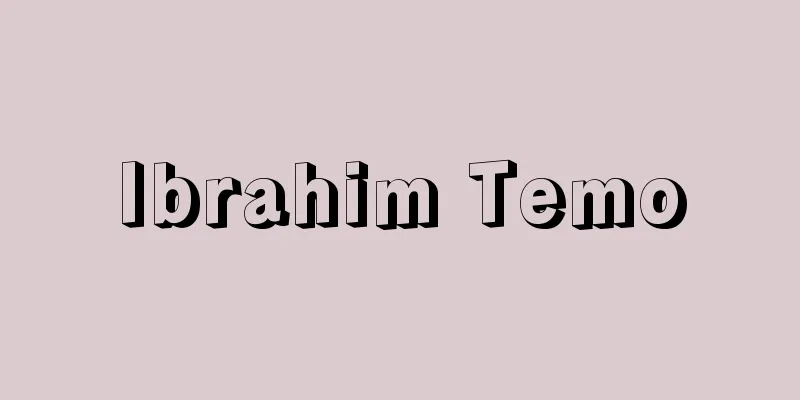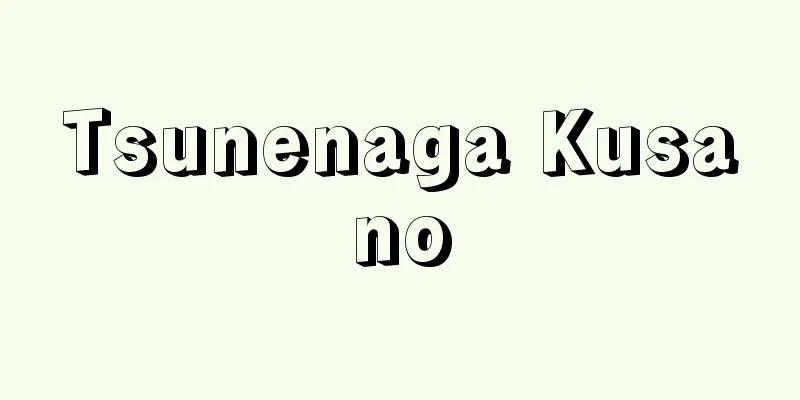Uilta language - Uilta (English spelling)

|
The language of the Uilta, an ethnic minority living in the central and northern parts of Sakhalin. The Uilta were once called Orokko, and the Uilta language was also called Orokko. However, Orokko is a derogatory term and is no longer used today. The Uilta population is about 350 (1995). It is a dialect of the broader Tungusic language, and is particularly similar to the Orcha and Nanai dialects of Tungus, with which it is most closely related. There is a phonological restriction called vowel harmony, which means that there are vowels that cannot coexist in the same word. Words consist of only the stem, or are joined to a suffix or ending to form a so-called agglutinative structure, but these connections can also be fused together to form a single word. The arrangement of words in a sentence is similar to Japanese, with subjects and objects generally coming before the verb, and modifiers coming before the words they modify. Among the words are those that appear to be unique to Tungusic languages, as well as words that have been introduced from Chinese and Manchu through languages of the lower reaches of the Heilongjiang River, many loanwords from Russian, and some words from Japanese and Ainu. The Uilta language is spoken orally and does not have its own written form, but there are oral stories (mixed with Evenki dialect), folk tales (legends), fictional stories, children's tales, riddles, and improvised songs. The Uilta have had contact with the Japanese since the Edo period, and since South Sakhalin was once a Japanese territory and a small number of Uilta emigrated to Hokkaido after the war, the Uilta have a deep relationship with Japan. Old records of the Uilta language include those written in kana by Japanese people at the end of the Edo period. [Jiro Ikegami] [References] | |Source: Shogakukan Encyclopedia Nipponica About Encyclopedia Nipponica Information | Legend |
|
サハリンの中・北部に住む少数民族ウイルタの固有の言語。ウイルタは、かつてオロッコとよばれていたこともあり、ウイルタ語もまたオロッコ語とよばれていた。しかし、オロッコは蔑称(べっしょう)であるため、現在は用いられない。ウイルタの人口は約350(1995)。広義のツングース語の一方言で、ツングース語のなかではとくにオルチャ方言やナーナイ方言に似ており、これらにいちばん近い関係にある。音韻には母音調和とよばれる制限があって、一つの単語のなかに共存できない母音がある。単語は語幹だけからなるか、あるいはこれに接尾辞や語尾が連結して、いわゆる膠着(こうちゃく)的構造をなすが、またこの連結が融合して一つになっていることもある。文のなかの単語の配列は日本語に似ており、基本的には主語や目的語は動詞の前に、修飾語は修飾される語の前にくる。単語には、ツングース語固有とみられる単語のほか、中国語、満州語から黒竜江下流の言語を通して入った単語があり、ロシア語からの借用語も多く、また日本語、アイヌ語から入った単語もある。 ウイルタ語は口で話されるだけで、固有の文字はないが、口頭の言語による語り物(エベンキ方言を混ぜる)、昔話(伝説)、架空の物語、童話、なぞなぞ、即興的な歌謡の類がある。ウイルタと日本人との接触は江戸時代以来であり、南樺太がかつて日本領であり、また戦後には少数のウイルタが北海道に移住したこともあり、日本との関係は深い。ウイルタ語の古い記録としては、江戸末期の日本人が仮名で記したものなどがある。 [池上二良] [参照項目] | |出典 小学館 日本大百科全書(ニッポニカ)日本大百科全書(ニッポニカ)について 情報 | 凡例 |
<<: Uilta people - Uilta; Ul'chi
Recommend
Yuan Yuan (English spelling)
In ancient China, a natural garden was a vast area...
Taininsetsu (English spelling) waiting theory
A theory of interest advocated by A. Marshall. Acc...
《Ancient History》 - Ancient History
…While working as a government official and teach...
Managed floating exchange rate system
…This market intervention is called a smoothing o...
Main facts and indirect facts
In civil litigation, the term "principal fact...
Kyd, Thomas
Born: November 1558, London [died] December 30, 15...
Kitaza
〘 noun 〙 The housewife's seat by the hearth . ...
First poetry gathering - Utakai Hajime
The beginning of the Waka Gokaihajime (first Impe...
Omiya Dance
A folk performing art handed down in the Hiruzen r...
Kushida Shrine (Toyama) - Kushida Shrine
...In the Tohoku region, there is also a legend t...
Uchiyama Kannon
…In recent years, an industrial complex has been ...
White waves of Miyakodori
A Kabuki play. A domestic drama in three acts. Wr...
Kankyo - Kankyo
…Buddhism also followed this example and called t...
Oenothera parviflora (English spelling)
…[Takemi Shimizu]. . … *Some of the terminology t...
marqés (English spelling)
…The title of marquis, intermediate between duke ...









